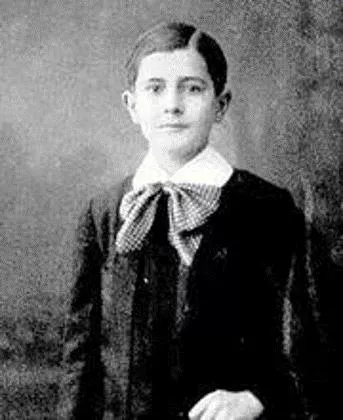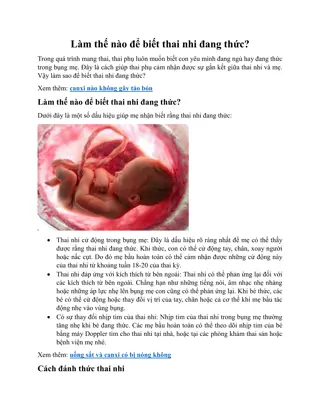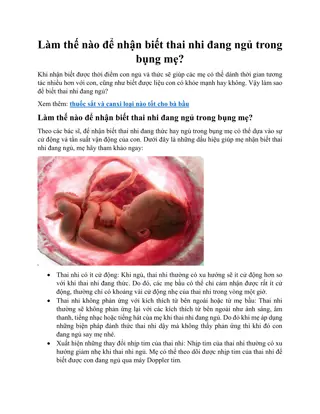The Life and Achievements of Milutin Milanković
Milutin Milanković, born in 1879 in the Austro-Hungarian Empire (now Croatia), overcame childhood challenges to become a prominent civil engineer and mathematician. He excelled in education, practiced engineering in Vienna, and later focused on fundamental research. Milanković's contributions to reinforced concrete design and celestial mechanics remain significant.
Download Presentation

Please find below an Image/Link to download the presentation.
The content on the website is provided AS IS for your information and personal use only. It may not be sold, licensed, or shared on other websites without obtaining consent from the author.If you encounter any issues during the download, it is possible that the publisher has removed the file from their server.
You are allowed to download the files provided on this website for personal or commercial use, subject to the condition that they are used lawfully. All files are the property of their respective owners.
The content on the website is provided AS IS for your information and personal use only. It may not be sold, licensed, or shared on other websites without obtaining consent from the author.
E N D
Presentation Transcript
Milutin Milankovi (1879-1958)
Childhood Milutin Milankovi was born on May 28 1879, in the village of Dalj, a settlement on the banks of the Danube in what was then part of Austro-Hungarian Empire (and is now part of Croatia). Milutin and his twin sister were the oldest of seven children. Their father was a merchant, landlord, and a local politician who died when Milutin was eight.
Education Due to sensitive health, Milutin acquired basic education at home, learning from private teachers.
In Milutin's time there were two types of gymnasiums: classical and real gymnasium. The real gymnasium prepared students for technical and agricultural studies, so Milutin started his secondary school education in the Real Gymnasium in Osijek in 1889. When he went to public school, he saw the shortcomings that his former private education had. The other children were better than him in reading, writing, and computing. However, Milutin quickly caught up with his mates and became the best student. On May 29, 1896, he received the testimony of a completed gymnasium After finishing high school and taking the mature gexamination, Milankovi traveled with a group of graduates to a trip to Serbia. At that time, Belgrade was presented, and other places wider Serbia, and one time from Kragujevac to Stalac, he crossed the ovens.
Practice Milutin was a good engineer
At the beginning of 1905, Milankovi took up practical work and joined the firm of Adolf Baron Pittel Betonbau- Unternehmung in Vienna. He built dams, bridges, viaducts, aqueducts, and other structures in reinforced concrete throughout Austria-Hungary. The result was particularly evident in the extraordinary design of a reinforced-concrete aqueduct for a hydroelectric power plant in Sebe , Transylvania, which Milankovi designed at the beginning of his career.
Studying Milankovi continued to practice civil engineering in Vienna until 1 October 1909 when he was offered the chair of applied mathematics (rational, celestial mechanics, and theoretical physics) at the University of Belgrade. Though he continued to pursue his investigations of various problems pertaining to the application of reinforced concrete, he decided to concentrate on fundamental research. Milankovi continued in design and construction work when he moved to Serbia. During 1912, he designed the reinforced bridges in the Timok valley on the railway line Nis -Knjazevac.
World War One and Marriage On 14 June 1914, Milankovi married Kristina Topuzovich as a citizen of Serbia , Milutin was arrested on Honeymoon in Wienna!
First day in prison At the same time, the July Crisis between the Austro-Hungarian empire and Serbia broke out, which led to World War I. On 14 June 1914, Milankovi married Kristina Topuzovich and went on his honeymoon to his native village of Dalj in Austro- Hungary, where he heard about the beginning of the War. He was arrested as a citizen of Serbia and was interned by the Austro-Hungarian army in Neusiedl am See. He described his first day in prison, where he waited to be taken to the Esseg fortress as a prisoner of war, in the following words: "The heavy iron door closed behind me....I sat on my bed, looked around the room and started to take in my new social circumstances In my hand luggage which I brought with me were my already printed or only started works on my cosmic problem; there was even some blank paper. I looked over my works, took my faithful ink pen and started to write and calculate...When after midnight I looked around in the room, I needed some time to realize where I was. The small room seemed to me like an accommodation for one night during my voyage in the Universe. His wife went to Vienna to talk to Emanuel Czuber, who was his mentor and a good friend. Through his social connections, Professor Czuber arranged Milankovi 's release from prison and permission to spend his captivity in Budapest with the right to work
Mystery ice age While studying the works of the contemporaneous climatologist Julius von Hann, Milankovi noticed a significant issue, which became one of the major objects of his scientific research: a mystery ice age. The idea of possible astronomically- related climate changes was first considered by astronomers (John Herschel, 1792 1871) and then postulated by geologists (Louis Agassiz, 1807-1873).
Science work In parallel, there were also several attempts to explain the climate change by the influence of astronomical forces (the most comprehensive of them was the theory put forward by James Croll in the 1860s). Milankovi studied the works of Joseph Adhemar whose pioneering theory on the astronomical origins of ice ages were formally rejected by his contemporaries and James Croll whose work was effectively forgotten about even after acceptance by contemporaries such as Charles Darwin[2]. Despite having valuable data on the distribution of ice ages on Alps, climatologists and geologists could not discover the basic causes that is, the different insolations of the Earth during past ages remained beyond the scope of these sciences. But Milankovi decided to follow their path and attempt correctly to calculate the magnitude of such influences. Milankovi sought the solution of these complex problems in the field of spherical geometry, celestial mechanics, and theoretical physics.
Sceince Immediately after arriving in Budapest, Milankovi met the Director of the Library of the Hungarian Academy of Science, Koloman von Szilly who, as a mathematician, eagerly accepted Milankovi and enabled him to work undisturbed in the Academy's library and the Central Meteorological Institute. Milankovi spent four years in Budapest, almost the entire war. He used mathematical methods to study the current climate of inner planets of the solar system. In 1916 he published a paper entitled "Investigation of the climate of the planet Mars".Milankovi calculated that the average temperature in the lower layers the atmosphere on Mars is 45 C ( 49 F) and the average surface temperature is 17 C (1 F). Also, he concluded that: "This large temperature difference between the ground and lower layers of the atmosphere is not unexpected
Solar radiation Great transparency for solar radiation makes that is the climate of Mars very similar to altitudes climate of our Earth." Today it is known that the average temperature is 55 C ( 67 F),[8] but that the ground temperatures and air temperatures generally differ. In any case, Milankovi theoretically proved that Mars has an extremely harsh climate. In addition to considering Mars, he dealt with the climatic conditions prevailing on Venus and Mercury.His calculations of the temperature conditions on the neighboring Moon are particularly significant. Milankovi knew that one day on the Moon lasts 15 Earth days, and this is the amount and length of night. Milankovi calculated that the surface temperature on the day side of the moon reaches +100.5 C. Also, he calculated that the temperature during the early morning on the Moon, or before the rise of the Sun over horizon, was -58 C. Today it is known that the surface temperature on the day side of the Moon reaches +108 C and that it falls at night to -153 C.
Theory of Sollar radiation To collect his scientific work on the theory of solar radiation that was scattered in many books and papers, Milankovi his life's work in 1939. This tome was entitled "Canon of Insolation of the Earth and Its Application to the Problem of the Ice Ages", which covered his nearly three decades of research, including a large number of formulas, calculations and schemes, but also summarized universal laws through which it was possible to explain cyclical climate change and the attendant 11 ice ages - his namesake Milankovitchh cycles
End One of the biggest Serbians and world scientist was died on 12thof December 1958 year. His scientific work is one of the biggest achievement ever Thanks to him, we know what s happened with Earth today, and what will be happened with living world in the futur.


























